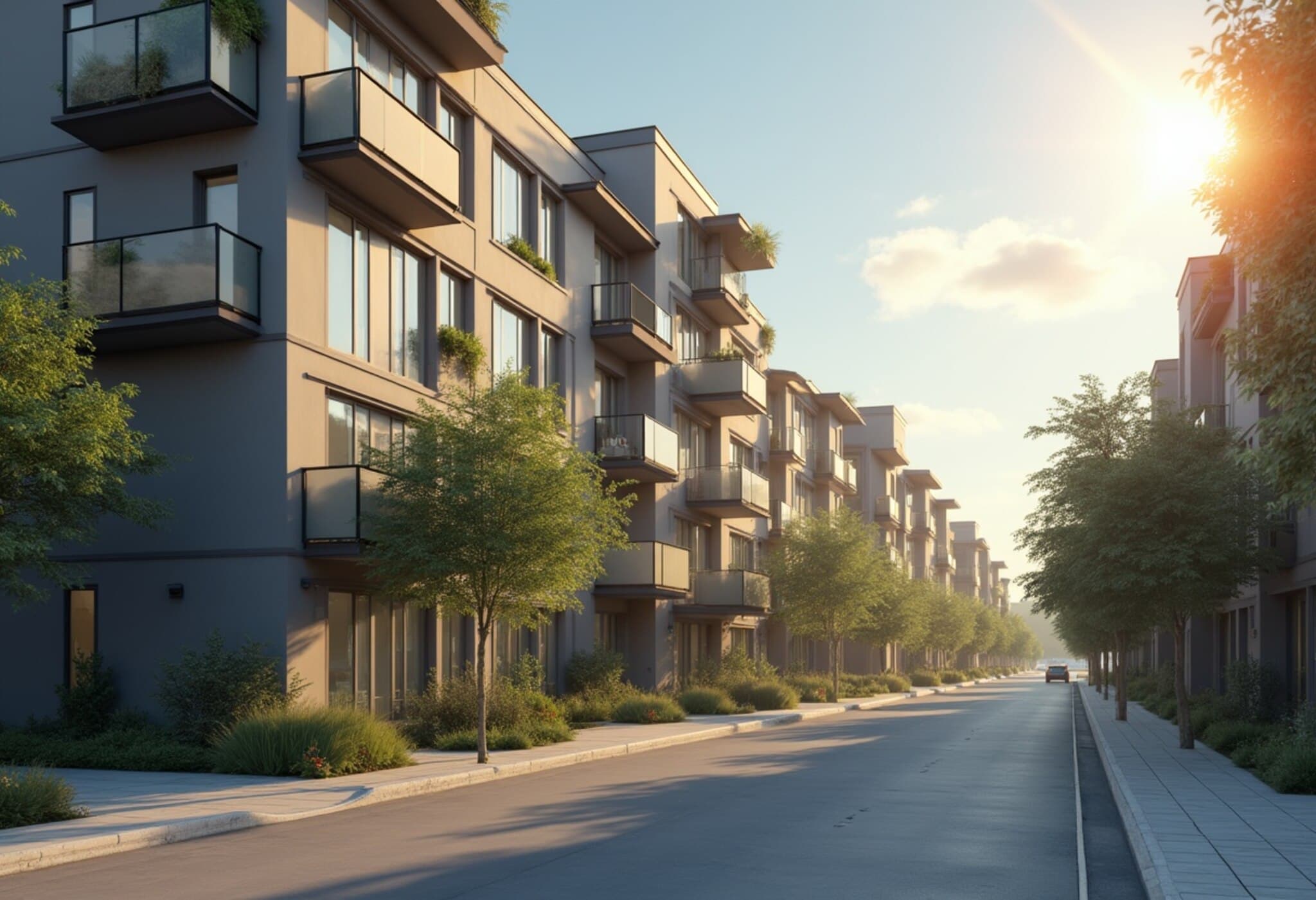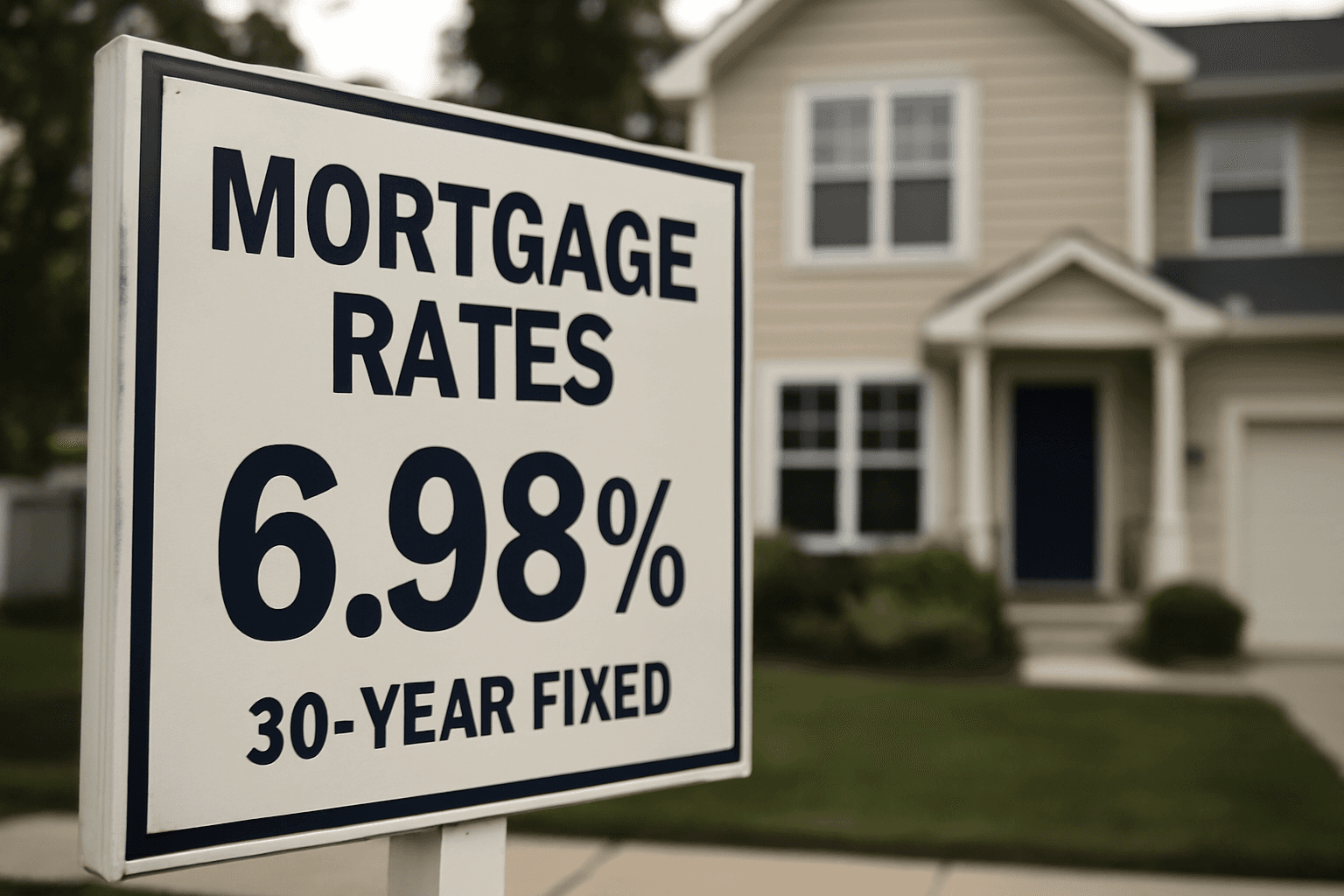Homeowners Convert for Sale Properties into Rentals, Challenging Institutional Landlords
As the housing market cools amid rising mortgage rates and consumer hesitation, a subtle yet impactful shift is unfolding: more homeowners, unable to sell their properties, are choosing to rent them out instead. This emerging trend introduces fresh competition for large-scale institutional landlords who have dominated the single-family rental market for years.
The New Players in the Rental Market
For years, major institutional investors such as Invitation Homes, American Homes 4 Rent, and Progress Residential have controlled tens of thousands of single-family homes concentrated in key U.S. markets—including Atlanta, Phoenix, Dallas, Houston, Tampa, and Charlotte. Their strategies have flourished particularly in so-called "Sun Belt" cities, which saw dramatic demand surges during the pandemic due to migration trends.
But increasing inventory and higher borrowing costs have cooled home sales, leaving many individual sellers in a bind. Unable to attract buyers willing to pay the premium prices seen in recent years, these homeowners are opting to "flip the script" by renting their properties instead.
This phenomenon creates what industry experts call "accidental landlords"—owners entering the rental business out of necessity rather than design.
Why Are Sellers Choosing to Rent?
Garret Johnson’s experience in Dallas illustrates this pivot vividly. After securing a job in Houston, Johnson listed his Dallas home for sale in early 2025 but soon realized buyers were scarce, often waiting for mortgage rates to drop. Faced with months of interest but no offers, Johnson transitioned his home to the rental market, receiving multiple offers within days.
Although rents currently don’t cover his mortgage payments fully, Johnson adapted by refinancing and increasing his home equity to reduce monthly obligations. He also switched to landlord insurance to cut costs—moves illustrating the financial recalibration many accidental landlords undertake.
“I’m aiming to break even or turn a small profit over the next few years,” Johnson shared, highlighting the cautious optimism among new landlords testing this market.
Wider Market Implications: A Growing Rental Supply
The increasing number of homes shifting from sale listings to rental availability is already influencing rental market dynamics. Previously white-hot markets, like those in the Sun Belt, are witnessing more properties sitting longer on market listings, reflecting sellers’ reluctance to cut prices after years of escalating home values.
According to Haendel St. Juste, senior equity research analyst at Mizuho Securities, this rental influx is likely to temper the pace of rent increases:
- Big institutional landlords have typically seen 4% to 5% year-over-year rental increases with strong tenant retention.
- But the expanded pool of rentals may limit landlords to smaller annual rent hikes of 1% to 2% in some areas.
This adjustment could reshape institutional landlords’ growth strategies, demanding careful balance between rental rate optimization and occupancy.
Institutional Landlords Respond with Strategic Shifts
Interestingly, top single-family rental Real Estate Investment Trusts (REITs) are now selling more properties than they acquire. However, this does not signal retreat but a strategic pivot.
Experts like Rick Sharga, CEO of CJ Patrick Co., explain that large investors are increasingly channeling capital into build-to-rent developments rather than competing in the resale market where accidental landlords have become a growing force.
Such projects help institutional landlords control supply and tailor properties specifically for renters, maintaining competitive edges in a shifting landscape.
Looking Ahead: What This Means for Renters and the Housing Market
While the entry of accidental landlords boosts rental availability, the evolving dynamics present mixed signals:
- Renters might enjoy greater choice and affordability, with moderated rent increases.
- Yet, professional landlords may face pressure on occupancy and revenue, potentially leading to strategic rent adjustments and retention efforts.
- The supply glut could dampen rental price growth in key markets throughout 2025 and beyond.
These shifts invite policymakers and market watchers to reassess housing strategies amid affordability challenges and swelling demand for quality rental homes.
Editor’s Note
As pandemic-era home price surges normalize amidst rising interest rates, a wave of accidental landlords is reshaping America's rental market. This grassroots rental supply growth contrasts sharply with institutional landlord strategies, heralding a more competitive and dynamic landscape. Observers should consider how this duality affects affordability, neighborhood compositions, and long-term housing stability. Will these accidental landlords remain committed players or temporary market participants? The evolution is just beginning.











